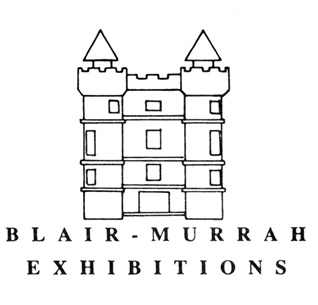Joan Miro: Fusing Fantasy and Reality
A survey of the work of Joan Miro, the great Spanish artist, is in many ways, a survey of the art movements of much of the 20th century. Blair-Murrah has organized a special exhibition of 59 original prints that highlights Miro's importance to the graphic medium, and reveals his influence on the development of modern art.
Of the three major Spanish artists of the 20th century--Picasso, Miro, and Gris--Miro maintained the closest links with his native land. He spent part of his time in Catalonia, and part in Paris, and his work received its most powerful stimuli from the tensions set up by this constant exchange between the two worlds.
Miro was a Surrealist in that he sought to destroy the dominance of reason and logic in order to release the creative forces of the unconscious. He tried to fathom the secrets of the invisible as well as the visible world. In his paintings and prints, artistic fantasy and reality are fused in an enigmatic picture world.
From the late 1920's until his death, Miro continued to produce a large number and wide range of graphic works. In 1954, he was awarded the Grand Prix for graphic art at the Biennale in Venice. The prints in this exhibition clearly reflect his use of Surrealism as a way of integrating his cultural roots with his artistic convictions. For him, Surrealism was a vehicle for meshing the brutalities and grotesque imageries that he associated with his childhood, with a more urbane world view.
Miro often focused on the warring impulses that have characterized much of the art produced during the 20th century--the twin drives of order and chaos, timidity and outrageousness wage war within Miro's work. The exhibition traces a career that took many turns, and gives viewers a better understanding of the attitudes and expressions of one of the most influential artists of the modern art movement.




